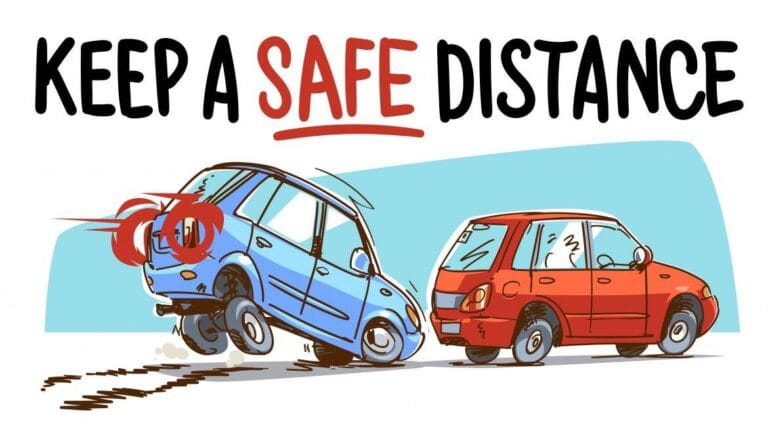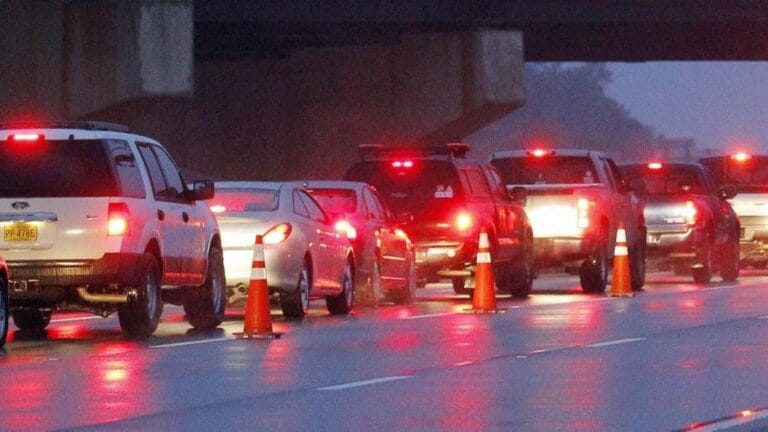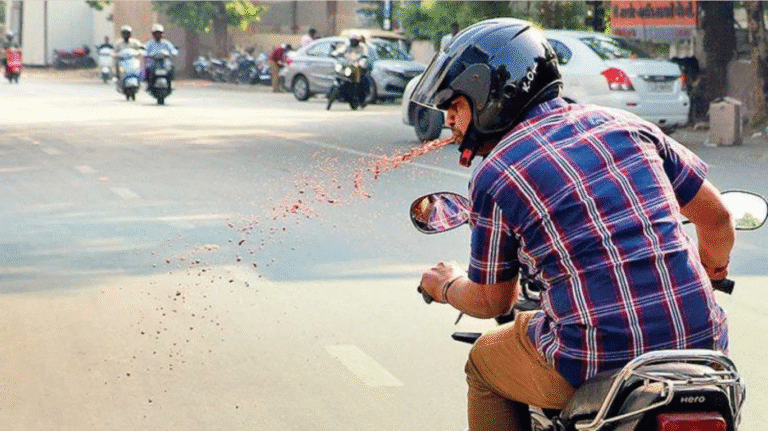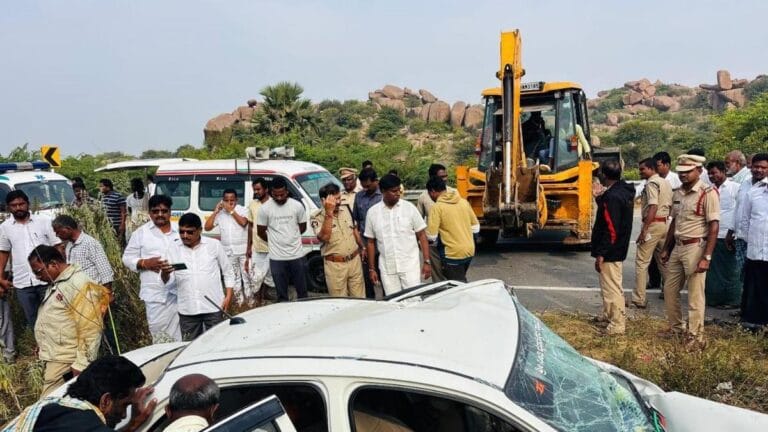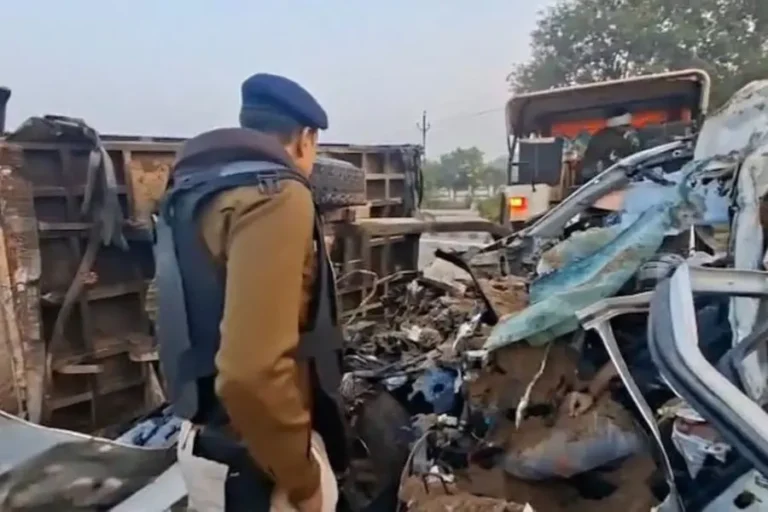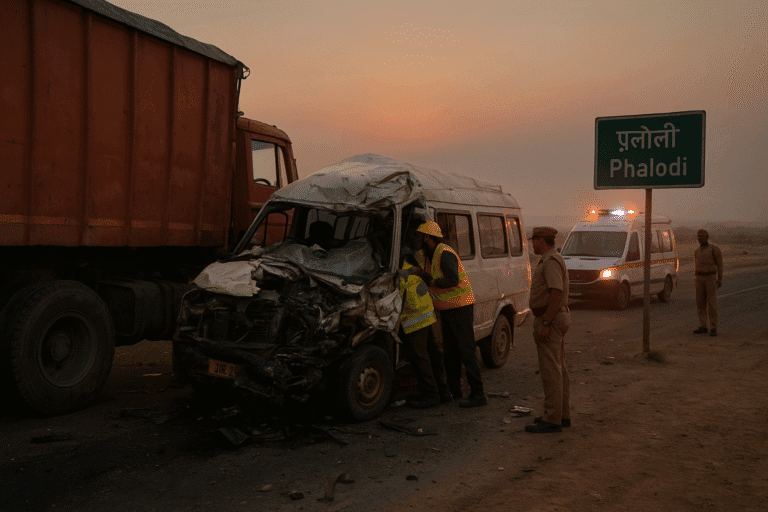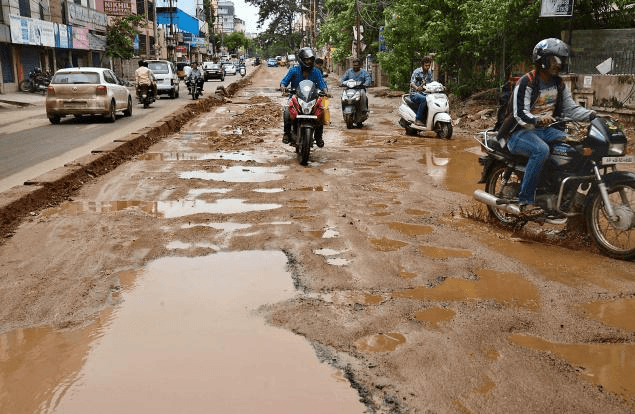
Village roads vs City roads
Introduction :
India’s road infrastructure shows the differences between village roads vs city roads. Both types of roads have unique characteristics, benefits, and challenges that impact road users for everyday travel and connectivity.
Village Roads:

- Narrow roads are typically 3-5 meters wide or single-lane.
- Low traffic congestion makes for smoother, quieter travel.
- Lower pollution levels: reduced air and noise pollution
- Village roads often provide a closer connection to the natural surroundings.
- Lose gravel. Unpaved and potholed roads or broken, leading to a rough driving experience.
- Limited street lighting and illumination make night travel challenging.
- Lower traffic volume is primarily used by residents and local vehicles.
City Roads:
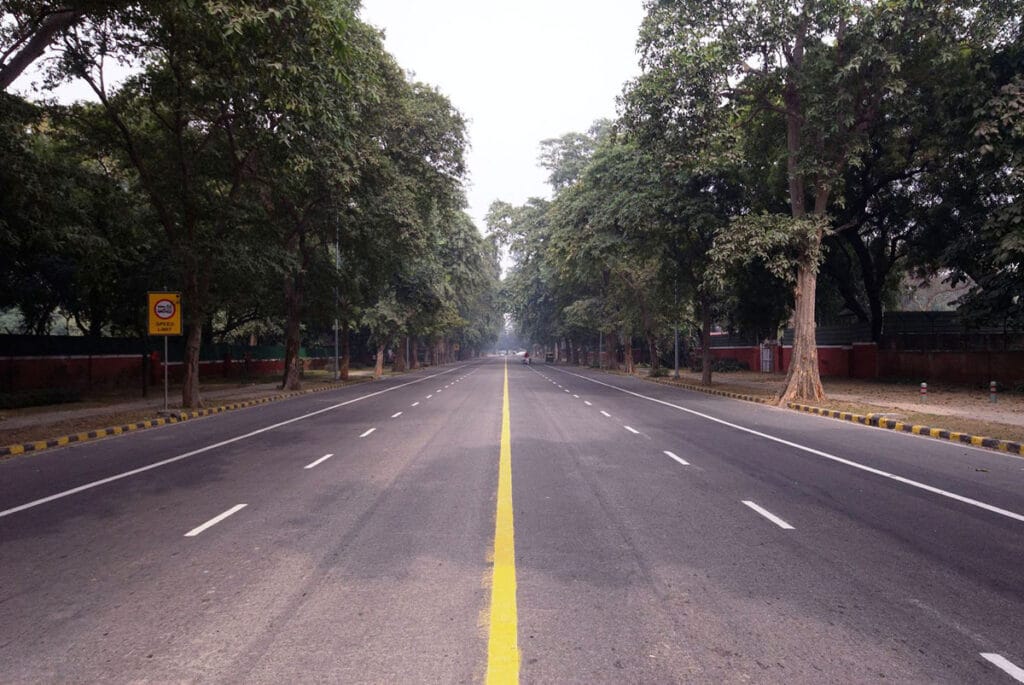
- Wider roads range from 10 to 20 meters in width.
- Multi-lane roads Divided roads allow for smoother traffic flow, with dedicated lanes for different types of vehicles.
- Well-maintained and high-quality surfaces enable faster and more comfortable driving.
- Adequate street lighting ensures better visibility at night.
- High-volume traffic includes personal, public, and commercial vehicles, contributing to traffic congestion.
- Well-and regularly maintained infrastructure results in better road quality and less wear and tear on vehicles.
- City roads support efficient public transportation like buses, metros, and taxis, offering multiple transportation options.
- Hospitals, schools, shops, and other essential services easily access
- City roads with safety like Zebra crossings, and traffic signals, which improve road safety.
- Economic opportunities: easy access to jobs and markets, vital for economic growth.
- Traffic congestion: A high volume of vehicles results in daily traffic jams.
- Heavy traffic contributes to high air and noise pollution.
- Higher traffic volumes increase accident risks.
- Limited parking spaces cause issues for both residents and visitors, which is a big parking challenge.
- Encroachments, street vendors, and ongoing construction make it stressful. Indian driving habits
According to the Ministry of Road Transport and Highways, the majority of road accidents occur in India:
Top 5 States:
- Uttar Pradesh (14.4%) of total accidents
- Maharashtra (10.4%)
- Tamil Nadu (9.1%)
- Karnataka (8.2%)
- Madhya Pradesh (7.4%)
Accident-Prone Areas:
- Intersections/Junctions
- Pedestrian Crossings
- School/College Zones
- Construction Zones
- Areas with poor lighting
Conclusion :
The debate on village roads vs city roads depends on individual preferences. Village roads offer peace, natural beauty, and a sense of community, but they also suffer from poor infrastructure and limited services.
City roads provide convenience, amenities, and economic opportunities but suffer from traffic congestion, Air pollution, and other urban challenges. Ultimately, India needs a balanced approach to improve both rural and urban road networks, ensuring sustainable development for all regions.
Drive Safe Saty Safe
Safe Road Life.
